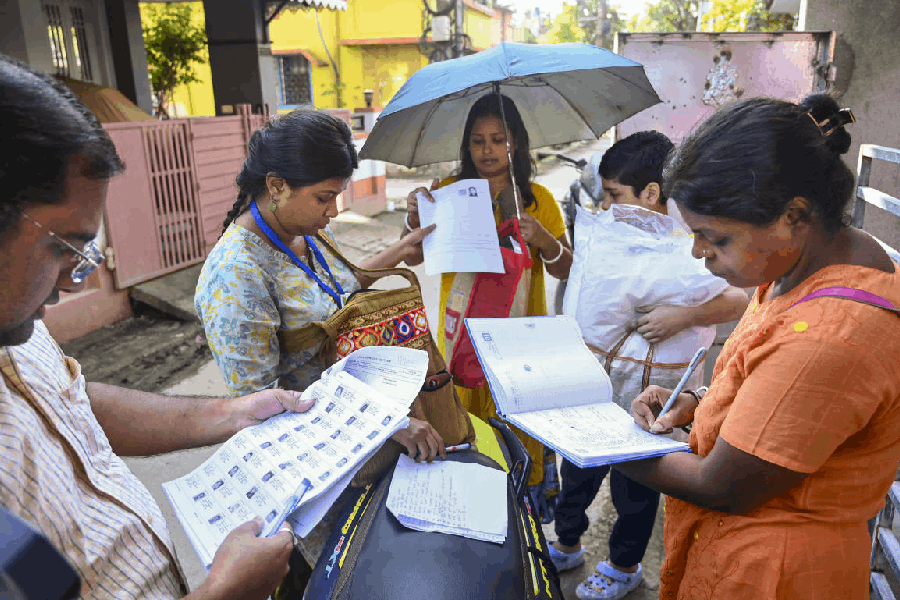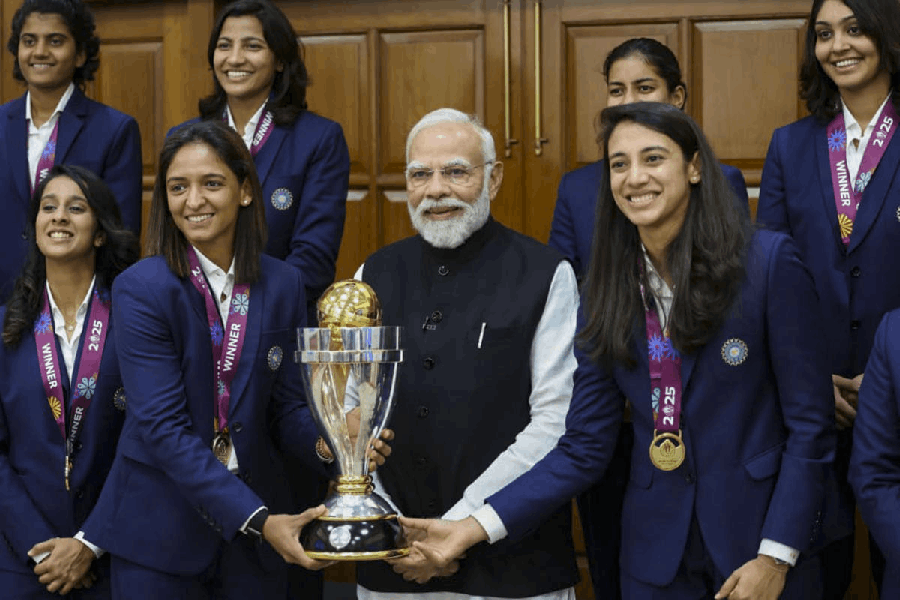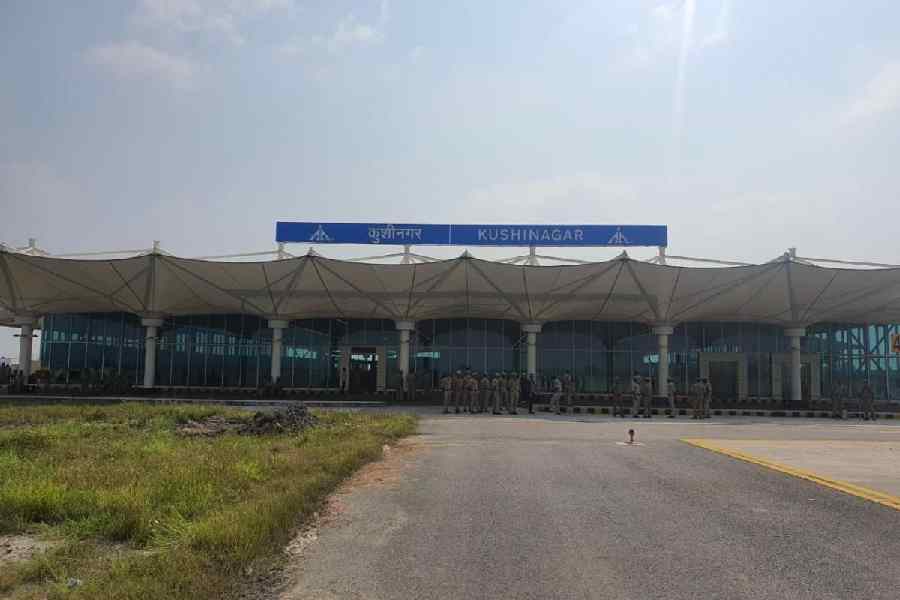 |
Early in my career, I wrote a book about the workings of a hospital. I spent much time following doctors from bedside to bedside, and still more time following them from meeting to meeting. This hospital, ostensibly to whittle down the number of meetings, even had a committee on committees. The group spent most of its time working out scheduling conflicts in the hospital’s meeting rooms. That was 12 years ago. Last I heard, the committee on committees still exists, and it still meets every few weeks.
Nothing can suck the promise out of a working day like a string of worthless meetings. And, let’s face it, an exhausting percentage of meetings feel worthless.
Over the years, I have developed the theory that nothing of importance is truly decided with more than five people in the room ? the point at which a discussion turns into a meeting. Even then, the real work is often done one-on-one after the group disperses.
And yet, the Wharton Center of Applied Research estimates that middle managers spend 11 hours a week in meetings, and senior executives 23 hours. The centre estimated that, in all, there are 25 million meetings in the US every day.
In response, industries have sprung up to make those meetings more palatable. The teleconferencing business, for instance, is based in part on the belief that the less time spent travelling to meetings, the less frustrated the participants are likely to be. And a smaller world of specialists and facilitators is just waiting to teach us how to make meetings move.
My favourite title in this new genre is Gourmet Meetings on a Microwave Schedule (Compass Publishing, 2003). Its author is Susan B. Wilson, who has “facilitated” hundreds of corporate meetings as the founder of Executive Strategies Inc.
Yes, people hate meetings, she says, mostly because they drag on forever, because few people in the room are actually prepared (and the one or two who are monopolise the conversation) and because what passes for action at the end is usually scheduling another meeting.
Wilson offers some solutions: cancel a meeting when participants are unprepared; wear name tags so no one is anonymous; allow people to attend only the part of the meeting that is relevant to them; practice saying, “Thank you for your input, but we’d like to hear from others”; and end with a specific list of decisions that have been made and actions that will be taken.
Eva Wisnik has reached the same conclusions. President of Wisnik Career Enterprises, she teaches time-management skills to lawyers, who, she says, “just don’t seem to have a clock in their heads” that moves them from one order of business to the next. She trains her clients to use “timed agendas” with a start and stop time for each topic, and to stick religiously to the schedule.
These are good suggestions. But equally compelling are some less polite solutions being acted on in cramped conference rooms around the country.
Norman Crouse runs Personal Alternatives, a business consulting firm based in Columbia. He attends far too many meetings. Over the years, he says, he has banned snacks and coffee and even chairs from the room, requiring the participants to remain standing.
Those meetings, he says, are noticeably shorter.
So are the ones where he posts a sign with his calculation of the total wages of all the participants, on an hourly basis.
Another favourite tactic of his, Crouse says, is to ask the person who invited him, before the meeting starts, why he was invited to the meeting.
At the end, “If I didn’t need to be there, I follow up with, ‘I don’t really feel like I added any value to this meeting. In the future, please feel free to leave me off the invite list,’” he says. This has, not surprisingly, “radically reduced my time in meetings.”
Yet the more I learn about how to make meetings shorter and fewer and more productive, the more I wonder whether we need most meetings at all. A hospital in Denver has established No Meeting Thursdays, an idea that has the potential to be contagious.
Several months ago I had a liberating experience, one that might also be catching. I served on a committee for a charity auction, and we had no meetings at all. Everything ? volunteering for tasks, handing out assignments, updating progress ? was done by e-mail.
Among the many details tended to was that on the night of the event, we would all wear name tags one way of circumventing a real downside of a meetingless future. How else would we recognise committee members we’d spent time meeting with in cyberspace, but did not actually know?
?NYTNS











